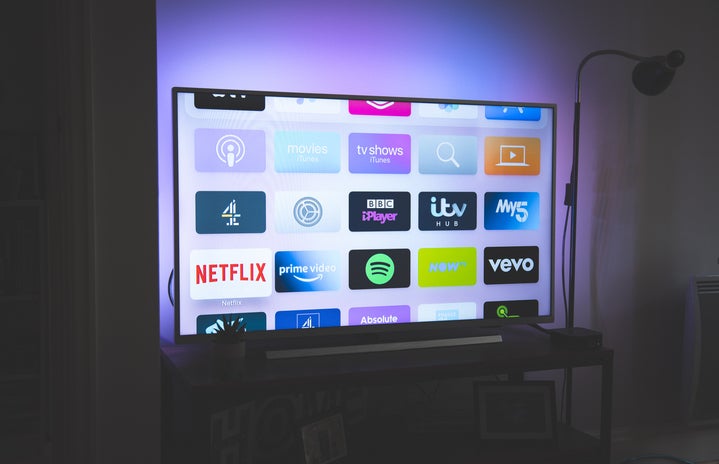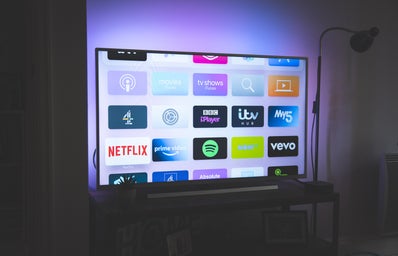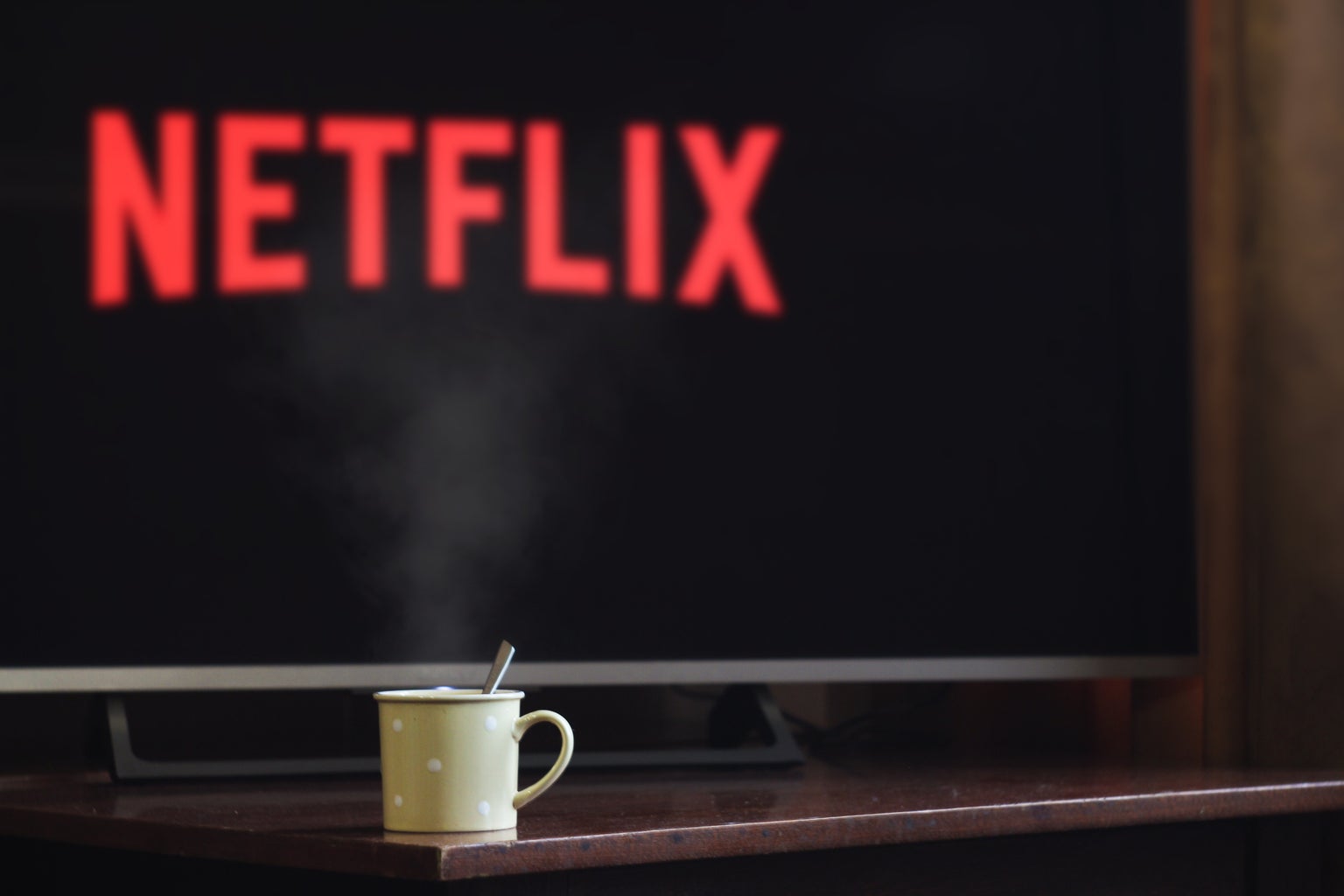Having access to our favorite TV shows at the tip of our fingers, though it feels like second nature now, wasn’t always the main way to consume content. For us millennials and older Gen-Z, there was a period when we would have to wait every week, for months on end, to see new episodes of our favorite television shows. We wouldn’t spend almost two years of our lives waiting for an eight-episode season to be released, that we’ll finish the next day. Our relationship with television and how we consume it has been fundamentally changed with the establishment of streaming services.
The downfall of DVDs
Though many, including myself, think of movies when it comes to DVDs, networks also used to release television seasons on DVDs after airing live. This was one of the original ways to binge shows and how people watched shows after they aired since streaming didn’t exist yet. It used to be that you couldn’t watch or rewatch shows unless you watched them while airing or you could catch an episode or two on-demand. However, if you wanted to watch a show after its completion you could rent one or borrow it from a friend or the library.
DVDs were also a part of the birth of streaming services since certain streaming services began as means of distributing DVDs that were available to rent online, and that would be delivered through the mail. These services soon become a means of viewing content online rather than through DVDs. Streaming services would end up leading to the demise of the DVD, as they grew into prominence, due to how easy and accessible they were. You were able to stream your favorite shows on-demand from home. You didn’t have to leave home to see if the movie you wanted to watch was available at your local Blockbuster, you’re easily able to do this from your couch with streaming. Soon the doors of Blockbuster and other home video stores would close, and society would accept streaming services as their preferred method to watch their favorite shows. But could streaming services change our relationship with TV, just as they did with the DVD?
The birth of original content
Watching original content on streaming services is so normalized, but this wasn’t always the case. Streaming services first served simply as a means to watch your favorite shows and movies, when you couldn’t access them anywhere else. But they soon started to release their own TV shows, like The Crown. This changed people’s perception that cable networks were the only ones able to make quality television. The trend of original content started to spread among the services, with each soon launching shows and movies of their own.
As production studios started to grow from streaming services, our attention towards network television started to waiver. On streaming platforms, we could watch all the shows we love, and new shows we grew to love too. Also, we could watch all the episodes of a show at once, not having to wait each week to watch a show. Streaming services didn’t cost as much as cable did, as well. We could watch ad-free for only around five dollars a month. The hold cable TV once had on us began to fade and our reliance on streaming services started to grow. Also, keep in mind that only a few streaming services existed at this period, so truly only having to pay five dollars for one service in comparison to $60 a month for cable was a steal.
the tv model
Another factor of television that streaming services have changed is the typical model of television. Think about your favorite comfort show from the early 2000s, they usually consist of a bunch of seasons with around 20 episodes each. Modern TV shows aren’t like this anymore. Shows released onto streaming tend to only have a couple of seasons, and you’re considered lucky if you could manage to get a third or fourth season. They also tend to have only eight or 10 episodes. Shows nowadays do not have more than this, even shows that air on cable televisions. Shows will have multi-year gaps between seasons, as well. Cable networks were able to release new seasons of shows every September until early spring/summer for decades.
These changes produced many conflicting feelings in viewers. Some appreciate being able to binge-watch new shows in single-season drops that only consist of a small amount of episodes. But many others use TV as filler noise and a distraction, and the 20-episode model doesn’t require 100% of your focus while viewing. However, many also don’t appreciate the wait between seasons on streaming services. Also, many enjoy the option of being able to return to their favorite content on these streaming services, which cable TV didn’t allow. Frustration among viewers is growing, as more and more of their favorite shows are being canceled by streaming services. This is a theme that wasn’t quite common on cable, as shows were able to run for years while growing their audience through their run.
Concluding thoughts
People used streaming services as an answer to their frustrations with cable television that other modes like DVD didn’t answer. But streaming services have come with quarrels of their own, and have people contemplating a return to cable television and the original TV model. These frustrations are only growing as new streaming services are constantly being released, and others keep raising their prices. The same content isn’t available on each, meaning viewers are required to have more than one, and as prices rise, cable doesn’t seem as expensive as it used to. Will we see a return to cable television and a multi-season, 20-episode model?



